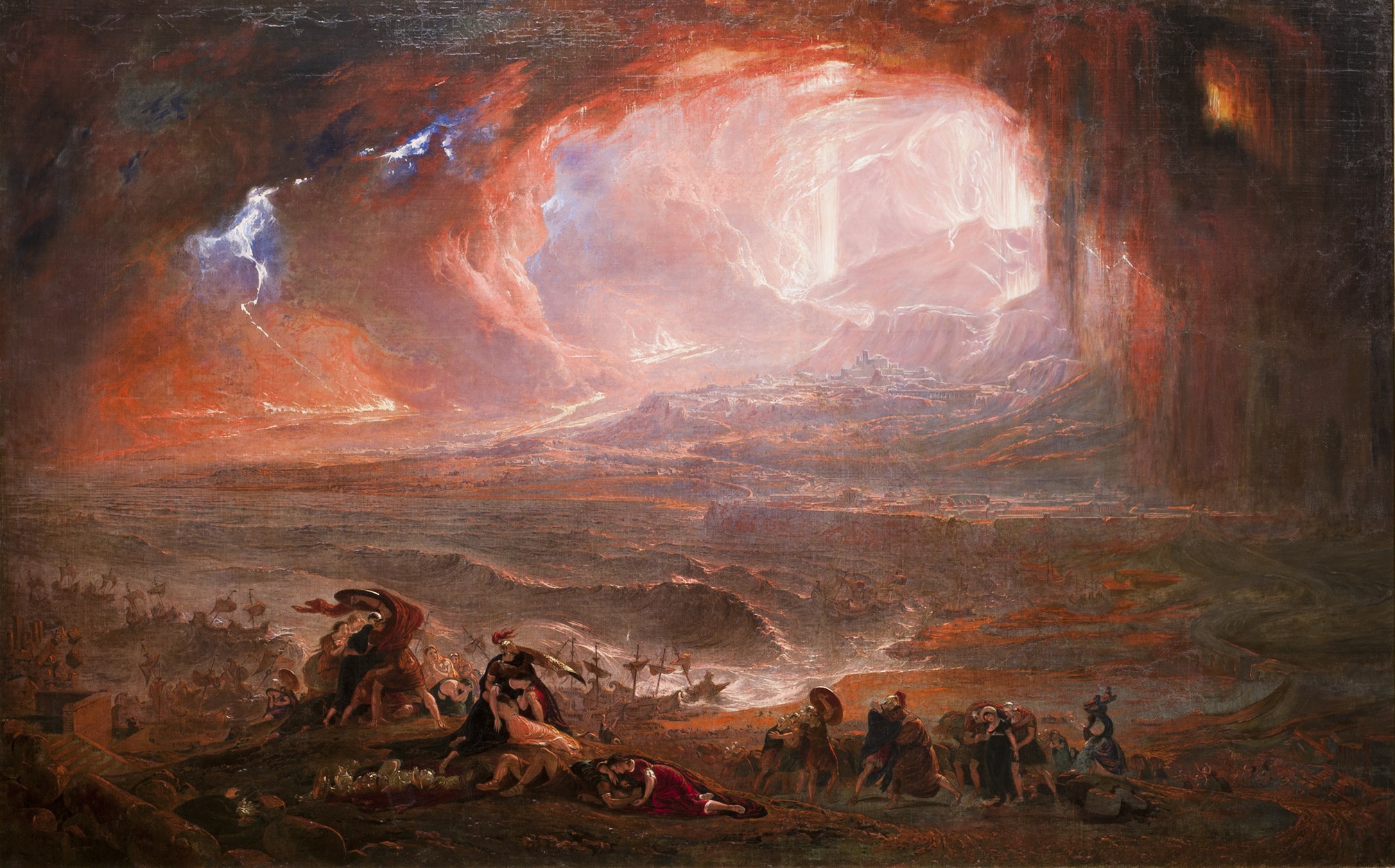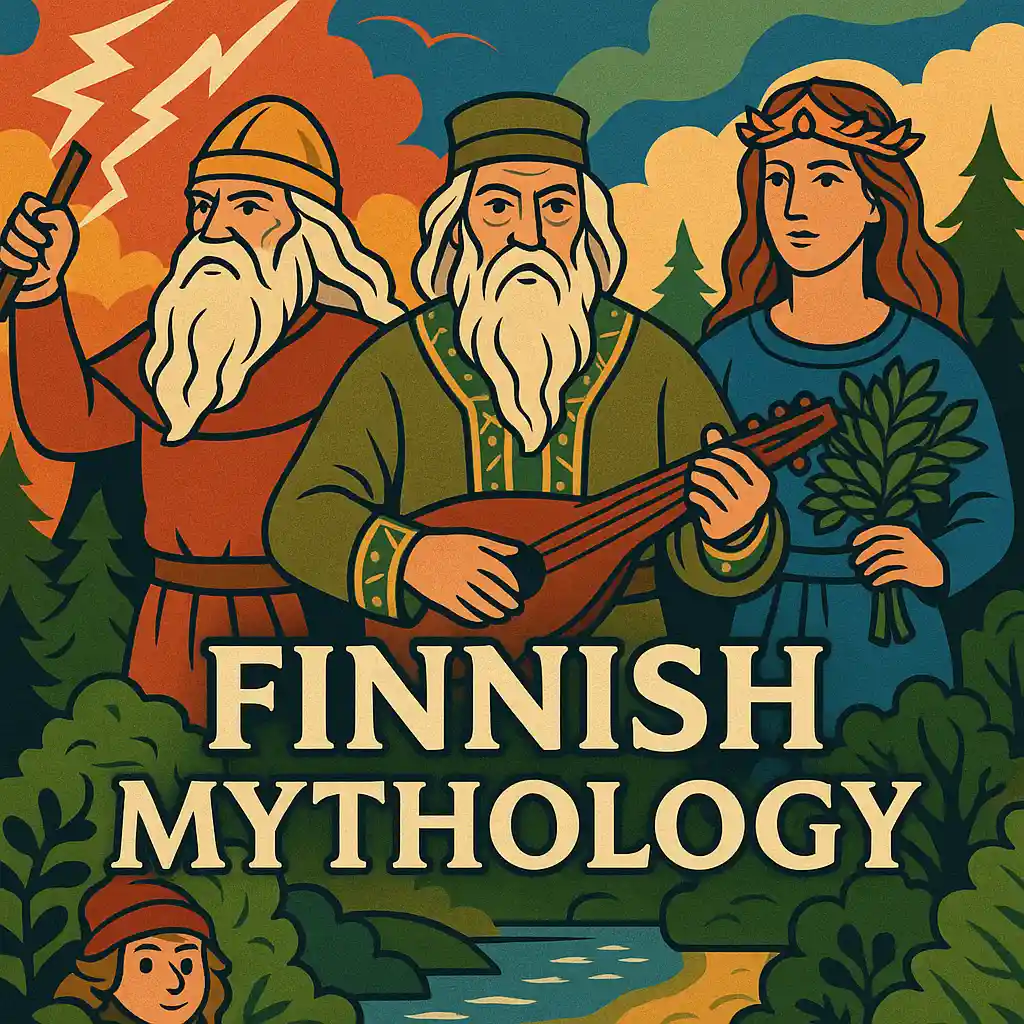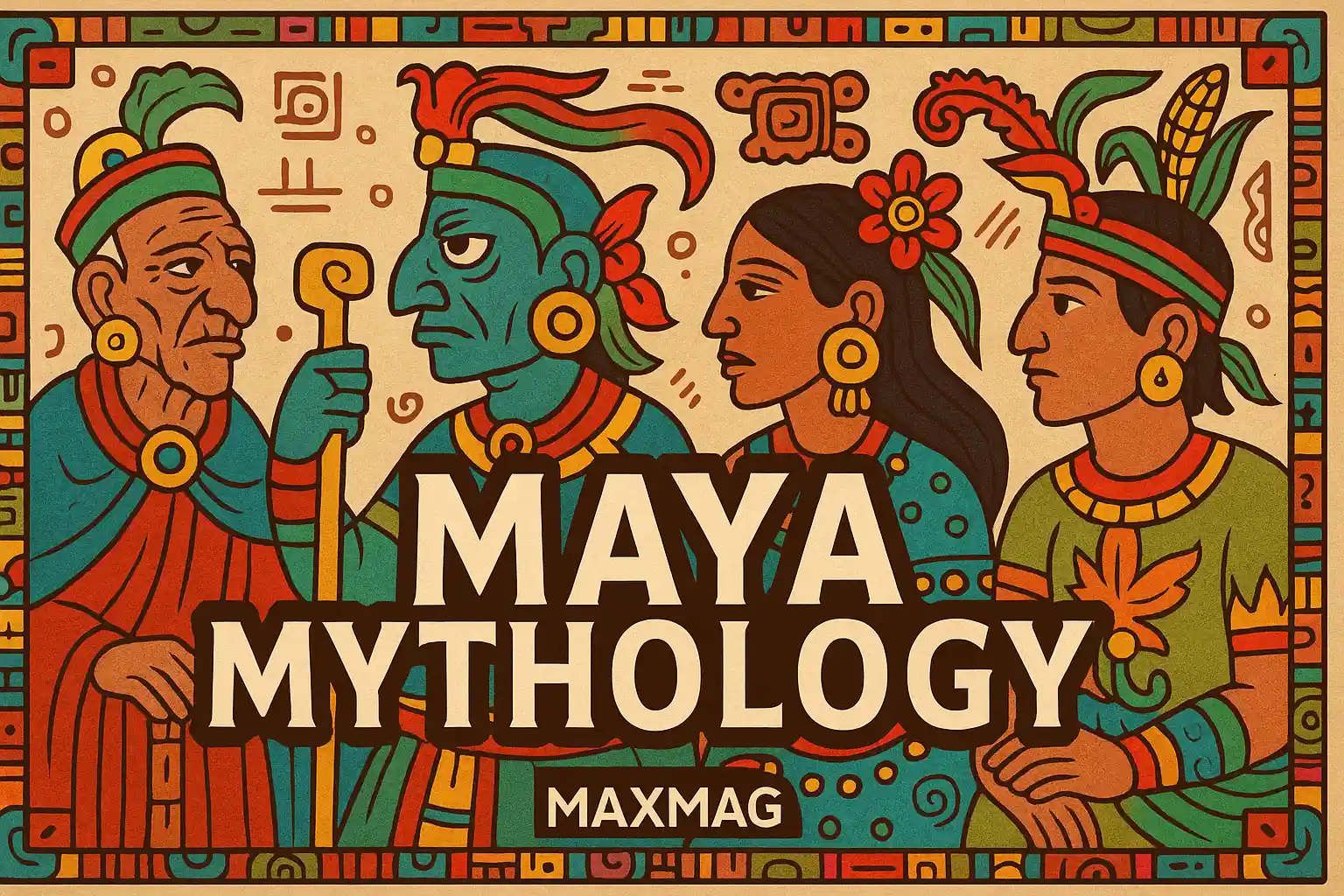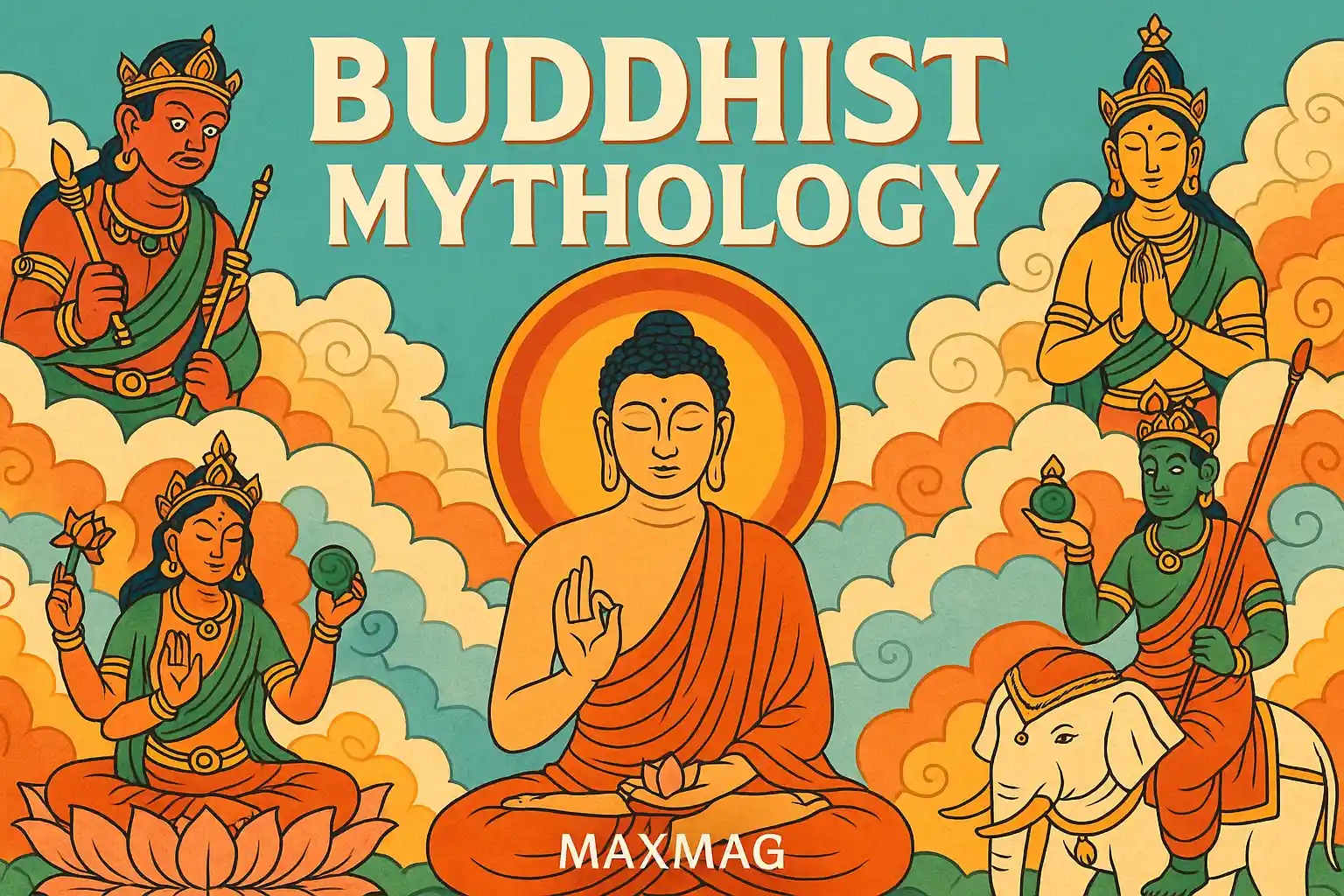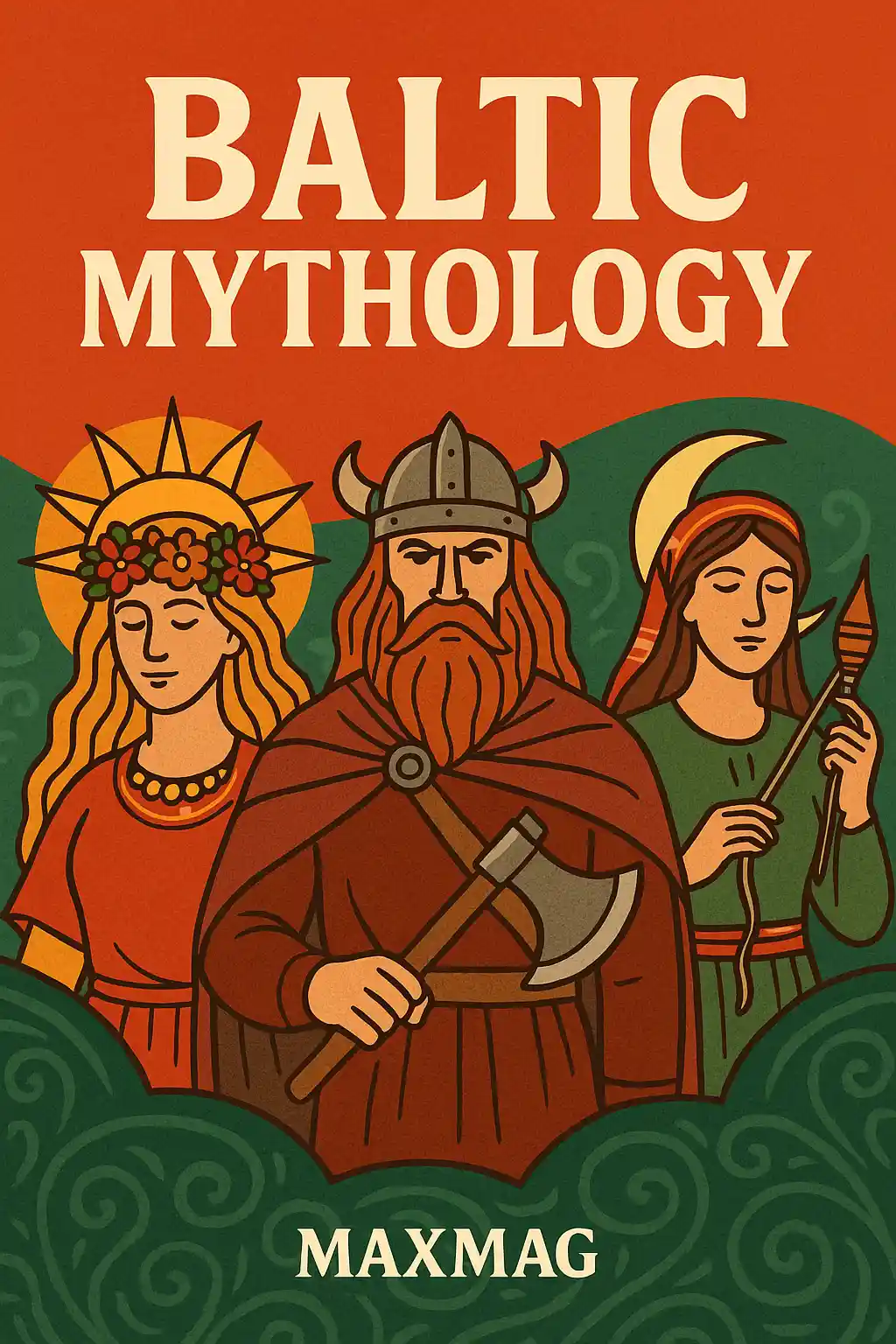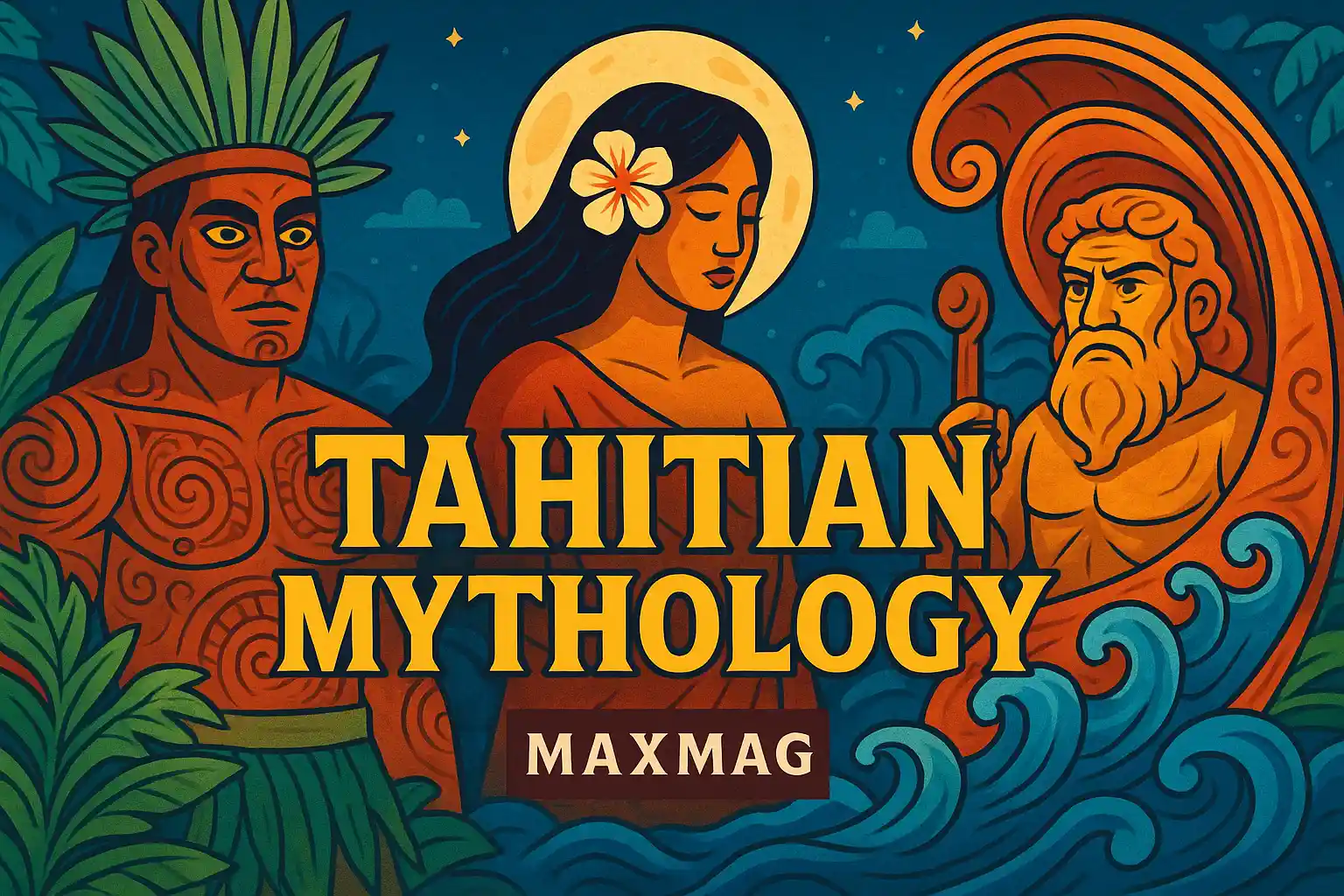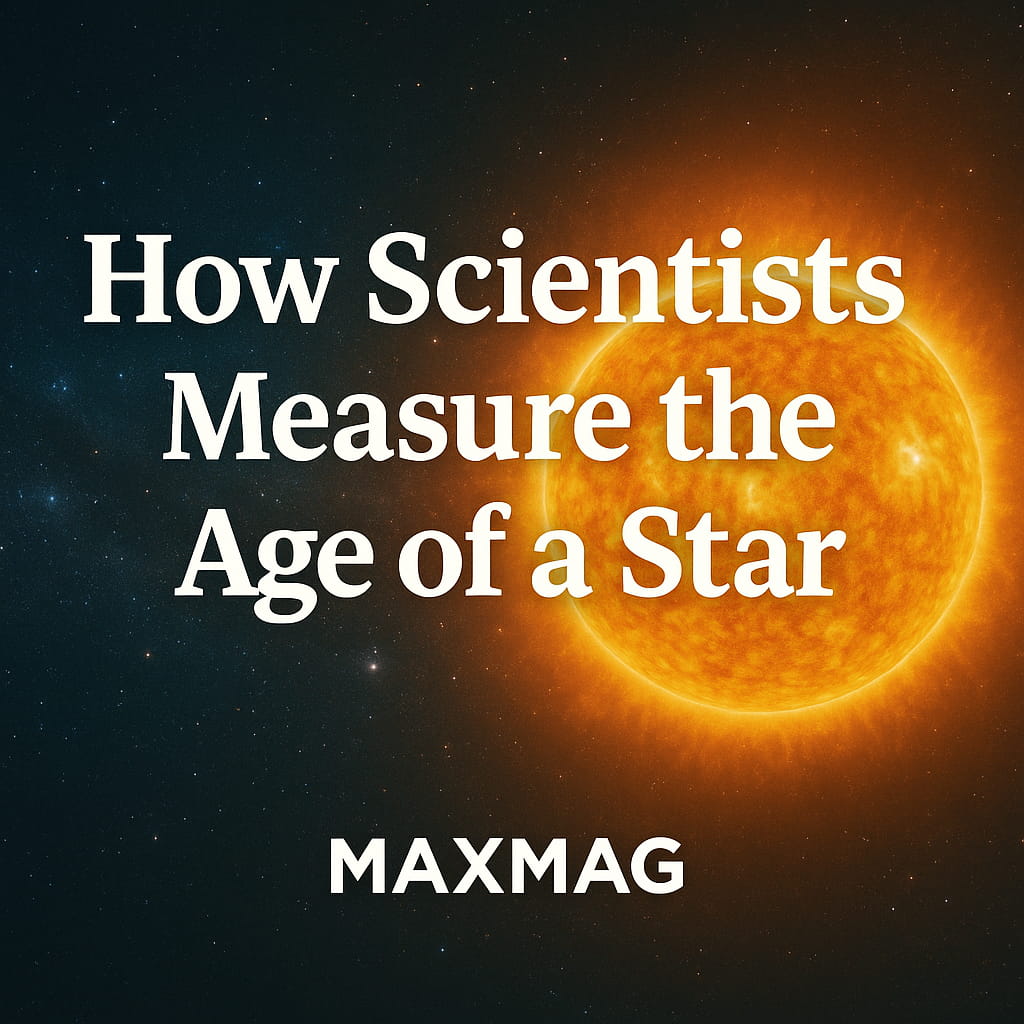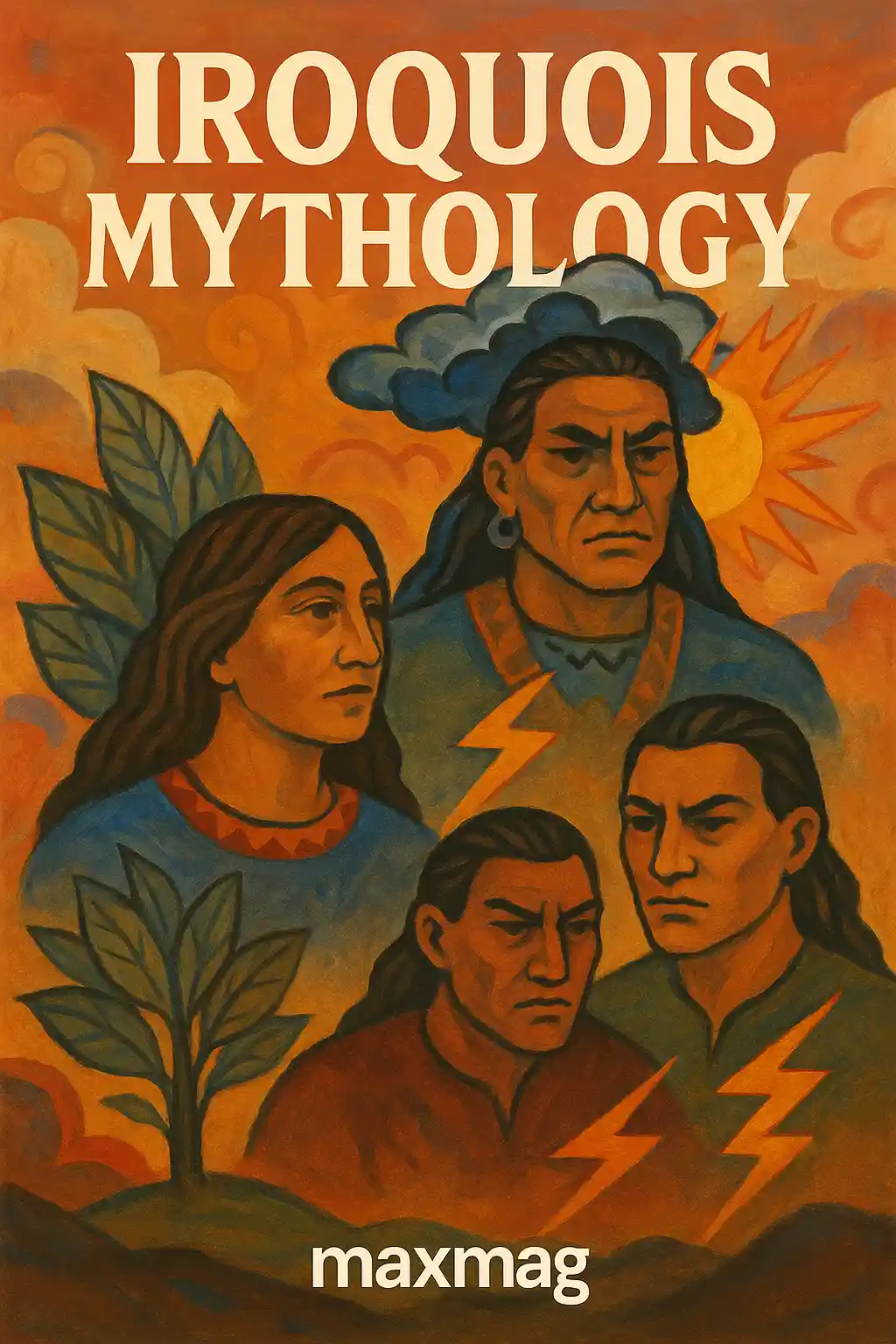
Iroquois mythology stands as one of the most compelling and spiritually resonant traditions of Indigenous North America. These ancestral stories, passed down through generations by oral tradition, provide a deeply symbolic lens through which to understand the beliefs, ethics, and social systems of the Iroquois Confederacy—comprising the Mohawk, Seneca, Cayuga, Onondaga, Oneida, and Tuscarora nations. Often underrepresented in mainstream mythology discussions, these legends are powerful cultural artifacts. One of the central themes—the Iroquois creation myth—serves as both a spiritual anchor and a philosophical guide to the interconnectedness of life. This keyword currently holds significant monthly search volume (10k+), with relatively low competition in digital content, making it both culturally and strategically valuable to explore in depth.
The Origins: Iroquois Creation Myth and Cosmic Duality
The most foundational story in Iroquois mythology is the Iroquois creation myth, a tale filled with symbolism, moral structure, and ecological insight. According to this myth, creation began in the Sky World, where a pregnant Sky Woman fell through a hole beneath a celestial tree. As she descended toward the dark waters below, a host of animals, led by the muskrat and supported by a giant turtle, collaborated to create land upon the turtle’s back—an island we now metaphorically know as Turtle Island, or North America.
This myth emphasizes harmony between humans and nature. Every animal had a purpose, highlighting the Iroquois view that all beings contribute to creation. The twins born of Sky Woman—the Good Spirit (or Sapling) and the Evil Spirit (Flint)—represent the cosmic duality inherent in life. Their struggles formed mountains, rivers, and fire, symbolizing the tension between constructive and destructive forces. This duality encapsulates the deeper wisdom that balance is necessary for sustaining the world.
Sky Woman: The Primordial Mother
At the heart of the Iroquois creation myth is Sky Woman herself, sometimes equated with Atahensic, a celestial being who fell from the Sky World and gave birth to Earth’s first life. As the grandmother of humanity, Sky Woman represents the matrilineal strength of Iroquois society, where lineage and property passed through the mother’s line. Her descent is not a fall from grace but a sacred arrival, symbolizing birth, transformation, and renewal. She nurtures the Earth and instills the values of respect and reciprocity that guide Iroquois life.
Sky Woman’s story is echoed in Iroquois agricultural practices, where corn, beans, and squash—known as the “Three Sisters”—are cultivated as spiritual gifts. These crops are often tied back to Sky Woman and the earth’s fertility, reinforcing her role as the mother of all living things and the primary force behind abundance and sustenance.
Ha-wen-ni-yu: The Great Spirit of Creation
Ha-wen-ni-yu, often translated as the Great Spirit, stands at the pinnacle of Iroquois cosmology. As the divine source of light, morality, and order, Ha-wen-ni-yu governs over both the spiritual and earthly realms. He is not remote or detached but intimately involved in the lives of the people, guiding them through dreams, visions, and signs in nature. The Iroquois people look to Ha-wen-ni-yu for strength, guidance, and spiritual protection, especially in times of war or hardship.
Through ceremonies, particularly the Midwinter Festival, the Iroquois express gratitude to Ha-wen-ni-yu and seek renewal for the coming year. His presence in Iroquois storytelling reminds individuals to live honorably, maintain peace within the community, and uphold the sacred laws of the natural world.
The Dual Spirits: Flint and Sapling
The twin sons of Sky Woman—commonly referred to as Flint (the Evil Minded Twin) and Sapling (the Good Minded Twin)—play essential roles in shaping the physical and moral structure of the world. Sapling created rivers, soft landscapes, animals, and peaceful people. Flint, on the other hand, produced rough terrain, predatory animals, and conflict. Their lifelong struggle defines the essence of Iroquois ethics: the eternal competition between good and evil, creation and destruction, peace and chaos.
Rather than purely vilifying Flint, Iroquois mythology recognizes that challenge and adversity are essential for growth. His presence is not evil in the Western sense but serves as a counterbalance, ensuring that harmony is never taken for granted. The twins’ narrative reinforces the belief that humans must choose between these paths in their own lives.
Heno: The Thunderer and Protector
Heno, the god of thunder, storms, and rain, is a revered figure in Iroquois mythology. Often portrayed as a strong, sky-dwelling warrior clothed in clouds, Heno defends the people from evil spirits and brings the life-giving rain needed for crops. With his powerful voice and lightning bolts, he also teaches the importance of strength tempered with purpose and compassion.
Farmers especially venerated Heno, believing that thunder signified his blessings. In stories, he’s known to adopt and guide heroes, representing mentorship and divine support. Heno’s tales are crucial during festivals and are used to teach younger generations about weather, nature, and divine justice.
Atahensic: The Sky-Mother and Guardian of Women
Atahensic, sometimes considered an aspect of Sky Woman or a separate divine feminine entity, is revered as the guardian of childbirth, health, and women’s wisdom. She symbolizes female authority, healing power, and life cycles. Her mythological significance reinforces the real-world matriarchal structures of Iroquois clans, where women choose chiefs, own property, and maintain familial lineage.
Legends say she dwells above in the Sky World, watching over the Earth and whispering wisdom to midwives, mothers, and healers. Shrines and rituals devoted to her ensured the safety of women during childbirth and maintained harmony in families.
Hanegoategeh: The Spirit of Destruction
Hanegoategeh, also known as the Evil Spirit or the Bringer of Strife, personifies imbalance, greed, and chaos. Often conflated with Flint or seen as a separate destructive force, he is a crucial antagonist in Iroquois stories. His presence in mythology serves to remind people of the consequences of moral failure and the dangers of ignoring natural laws.
Though feared, Hanegoategeh is respected for his power and understood as necessary in the cosmic order. Without him, there would be no challenges to overcome or lessons to learn. This nuanced portrayal reveals the Iroquois appreciation for balance—not simply eliminating darkness but integrating it into life’s broader rhythm.
Spiritual Traditions and the Living Cosmos
Iroquois spirituality is not confined to myth—it is a living, breathing part of their worldview. The Earth, sky, rivers, and animals are all imbued with spirit and intention. The Great Tree of Peace, planted by the Peacemaker to unite the Iroquois nations, reflects mythological values of unity and balance.
Every story reinforces an ethical lesson, shaping behavior and strengthening the community. Seasonal ceremonies such as the Green Corn Festival and Midwinter Ritual are filled with mythological references and are practiced to this day. These rituals act as a reaffirmation of their sacred duty to maintain balance and gratitude in a world shared with all living beings.
The Role of Storytelling in Intergenerational Wisdom
Storytelling is sacred in Iroquois tradition. Elders, as the primary keepers of mythological knowledge, pass these narratives down to younger generations not only to entertain but to instill core values. Through winter storytelling sessions in the Longhouse, communities relive creation stories, moral tales, and ancestral guidance.
This oral tradition creates a living bridge between the past and the present, ensuring that each generation understands their cultural inheritance. It also allows for the adaptation of myths to contemporary contexts while maintaining the integrity of ancestral wisdom.
Iroquois Mythology in Art and Symbolism
Iroquois art, beadwork, carvings, and wampum belts are often infused with mythological themes. These visual symbols serve as both spiritual tools and records of historical agreements and teachings. For instance, the Tree of Peace is a common motif representing the unity created by the Peacemaker.
Additionally, traditional dances and songs dramatize mythic events, offering immersive experiences where spiritual stories become embodied. These expressions reinforce the importance of mythology in both private devotion and communal celebration.
Land, Law, and Cosmic Balance
The principles found in Iroquois mythology are directly tied to environmental ethics and governance. The Haudenosaunee Great Law of Peace incorporates the same values of balance, respect, and reciprocity present in myth. Environmental stewardship is not a modern adoption but a continuation of spiritual principles laid down in mythological origins.
This approach has influenced modern environmental movements, particularly in advocating for the Rights of Nature. Iroquois leaders and communities continue to use their cosmological beliefs to inform sustainable practices, legal frameworks, and climate activism.
Preserving the Past: Educational and Institutional Involvement
Thanks to organizations like the National Museum of the American Indian and the Smithsonian Institution, Iroquois myths are receiving deserved attention. Their efforts in curation, scholarship, and outreach ensure that these stories are preserved and passed on in authentic and respectful ways.
Scholars from the University of Colorado Boulder and the American Museum of Natural History contribute further by publishing research, archiving oral histories, and supporting Indigenous-led initiatives. These collaborations help retain the sacred narratives as living traditions rather than fading folklore.
Cross-Cultural Context: Comparing with Maya Mythology
Exploring other Indigenous mythologies alongside the Iroquois, such as those of the Maya, provides broader context into Indigenous cosmologies. Like the Iroquois, the Maya also embraced duality, sacred time cycles, and the idea of a living, spiritual world. These parallels can be deeply insightful. Read more about Maya Mythology here to understand how Indigenous American myths reveal universal truths through culturally unique lenses.
Continued Relevance in the Modern World
The relevance of the Iroquois creation myth continues in today’s world. From climate awareness and community resilience to decolonizing education and storytelling, these myths inspire contemporary movements. Modern Indigenous artists, writers, and filmmakers reinterpret these stories, reconnecting younger generations with their roots and sparking cultural revitalization.
Festivals, language programs, and tribal schools incorporate mythology into curricula and community practices, keeping the stories alive in both sacred and everyday life. These efforts make sure that the next generation not only hears the stories but lives their teachings.

